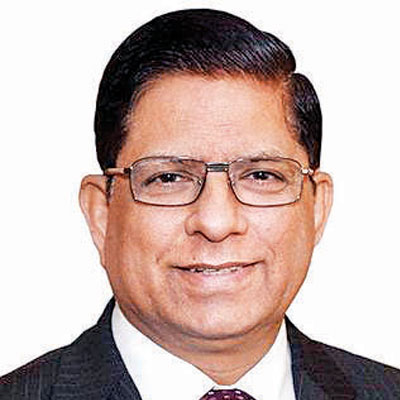
The lenders collected Rs.550-600 crore in the first phase by selling pledged shares of associate companies of Kingfisher Airlines’s parent UB Group. Photo: Mint
P R sanjai Anup Rai : Live Mint :Tue, Jun 25 2013. 11 31 PM IST
A group of 14 lenders led by SBI expects to recover at least Rs.1,000 cr from the grounded airline
Mumbai: The second phase of recovering loans from Kingfisher Airlines Ltd will begin early next month, according to two bankers familiar with the plan.
A group of 14 lenders led by State Bank of India (SBI) expects to recover at least Rs.1,000 crore as it starts taking possession of buildings, helicopters and other fixed assets of the grounded airline, the bankers said, both declining to be identified.
The lenders collected Rs.550-600 crore in the first phase by selling pledged shares of associate companies of Kingfisher Airlines’s parent UB Group.
Kingfisher’s operating licence was suspended in October by the Directorate General of Civil Aviation following a strike by the airline’s employees.
The permit has since expired, although it can be renewed within two years.
“We have already filed a claim on 3 May under the Sarfaesi (Securitisation and Reconstruction of Financial Assets and Enforcement of Security Interest) Act to recover dues,” said an SBI executive, one of the two bankers mentioned above. “Under the claim, we have to give 60 days notice to airline and it will expire on 1 July.”
The banks will start taking possession of properties and other assets in the first week of July in consultation with the Debt Recovery Tribunal (DRT), he said.
This marks the last round of a bitter battle in one of corporate India’s most high-profile loan default cases. The lenders will be selling the airline’s properties in Mumbai and Goa, two helicopters, other fixed assets and shares of UB Group companies.
SBI has the maximum exposure to Kingfisher at Rs.1,600 crore, followed by Punjab National Bank (Rs.800 crore), IDBI Bank (Rs.800 crore), Bank of India (Rs.650 crore), Bank of Baroda (Rs.550 crore), United Bank of India (Rs.430 crore), Central Bank of India (Rs.410 crore), UCO Bank (Rs.320 crore), Corporation Bank (Rs.310 crore), State Bank of Mysore, an SBI associate bank (Rs.150 crore), Indian Overseas Bank (Rs.140 crore),Federal Bank Ltd (Rs.90 crore), Punjab and Sind Bank (Rs.60 crore) and Axis Bank Ltd (Rs.50 crore). Overall, their exposure is Rs.6,360 crore, which increases to about Rs.7,000 crore adding unapplied interest.
The lenders have also asked Srei Infrastructure Finance Ltd not to go through legal processes but to sell Kingfisher Airlines shares pledged with them in the open market, the SBI banker quoted above said. “They have agreed to do so,” he said.
There are three lenders outside the consortium—Srei Infrastructure Finance, Jammu and Kashmir Bank Ltd and Oriental Bank of Commerce.
Srei bought the loan from ICICI Bank Ltd and, as per the arrangement, if the value of the shares that it took as collateral exceeds its exposure, the consortium will get the money.
A Kingfisher Airlines spokesperson declined comments.
Under the Sarfaesi Act, only assets that are mortgaged with banks can be recovered, while DRT allows taking possession of any asset held by a defaulting borrower, irrespective of whether these are pledged with banks or not. The DRT process, however, is a long one.
While recovering through court cases, without taking help of Sarfaesi or DRT, if a borrower has to contest a claim by a banker, the borrower has to deposit 75% of the contested amount upfront with the court. However, courts frequently waive this requirement.
However, the court may decide not to waive this in the case of Kingfisher as court rulings have gone in favour of banks so far.
In that case the court will likely insist that KFA submits 75% of the contested amount with it, said a retired banker who specialized in DRT cases at a large public sector bank. But since Kingfisher Airlines is not in a position to submit such a huge sum, it will prefer the DRT process, said this person.
“In DRT, there is a number of ways recovery can be delayed. There are layers of delaying tactics and it’s going to be a long-drawn process. For instance, the borrower’s lawyer may demand 60 days interval between every notice served and there are notice after notice,” the banker said.
Besides, even if the DRT rules in favour of the banks, its decision can be challenged in an appellate tribunal. Finally, the case can go to the Supreme Court.
In short, if the DRT route is taken, it will be many years before the banks can recover their dues, the second banker said.








